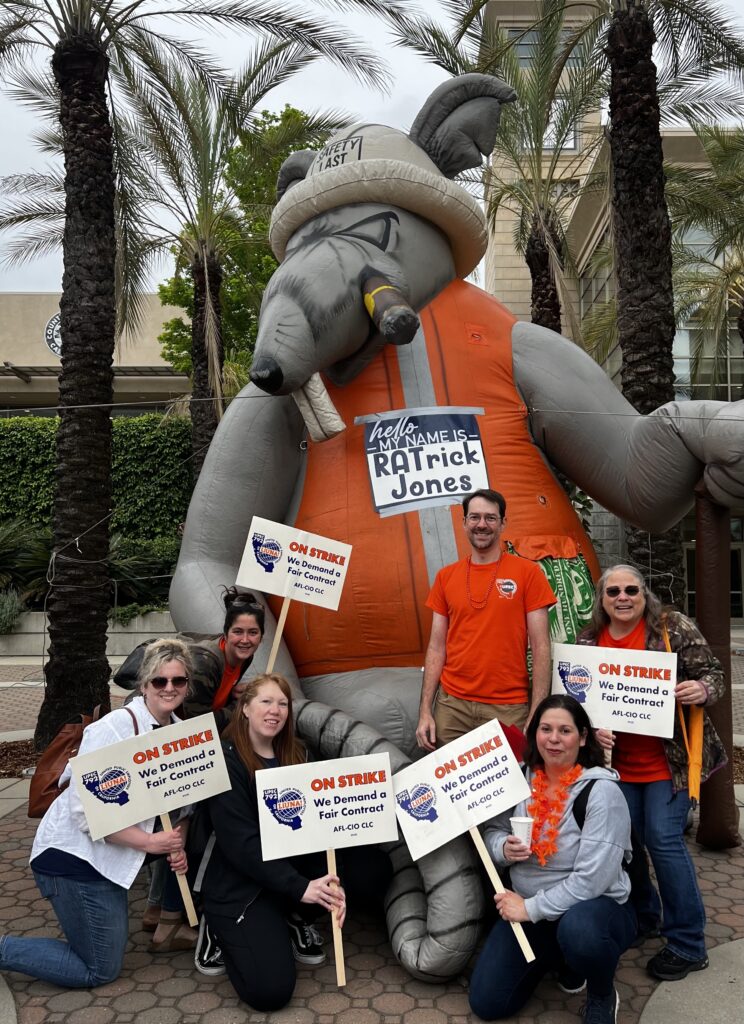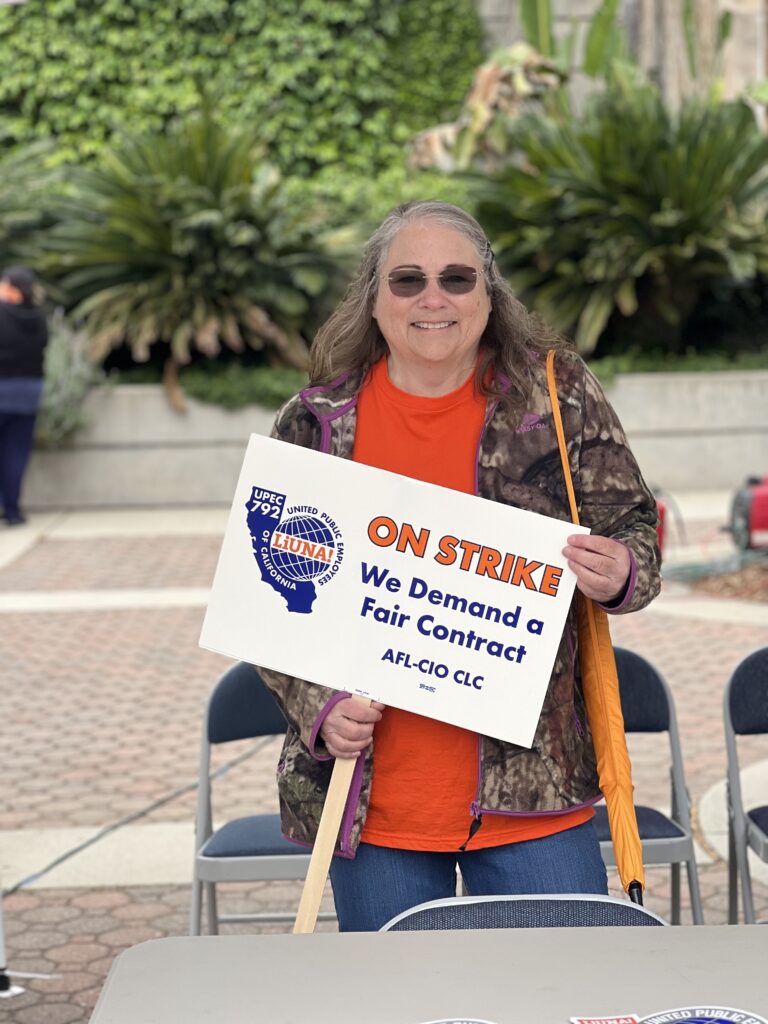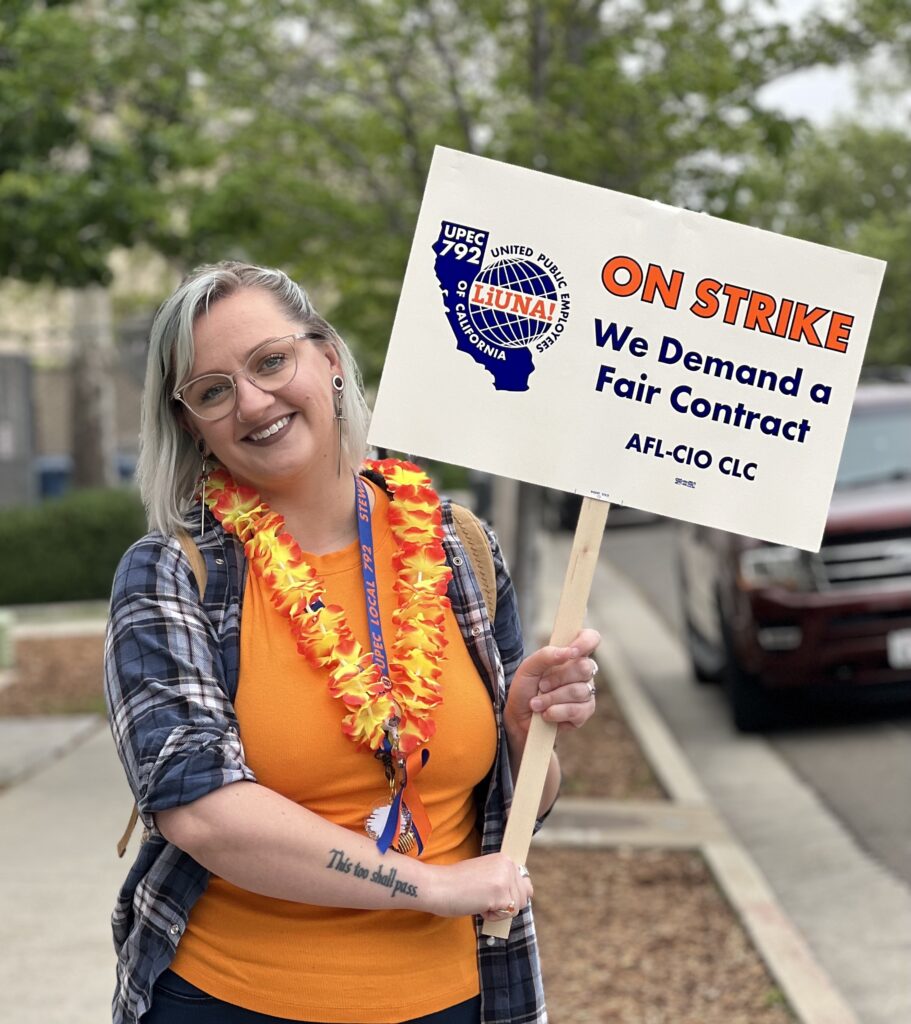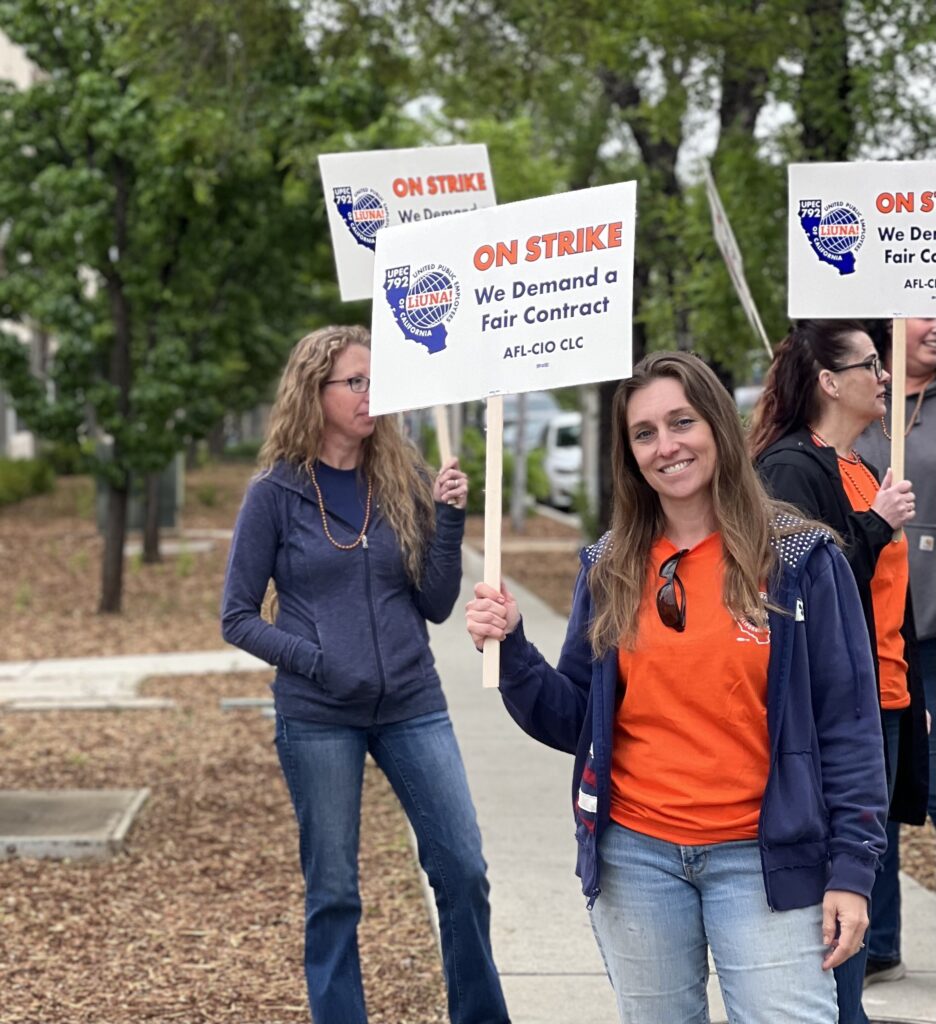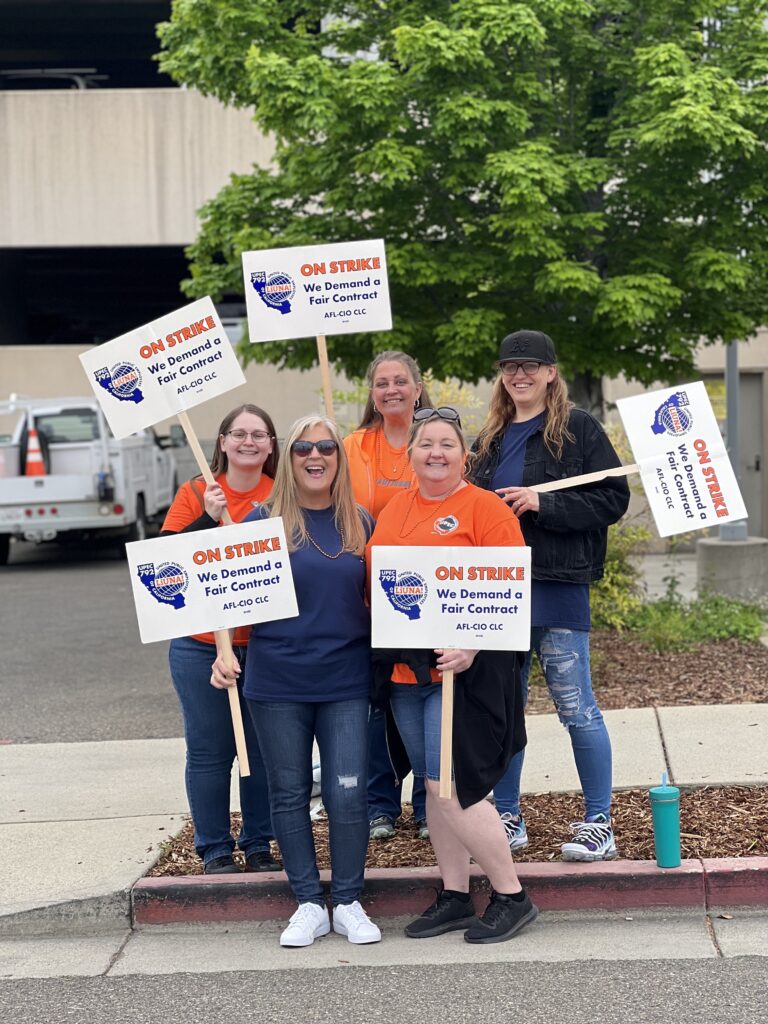The State of the Labor Movement
EASTHAMPTON — At 92 years old, Bob Jensen has spent nearly all his life in the labor movement. A union bricklayer who arrived in western Massachusetts on a football scholarship at American International College, he ended up becoming a labor educator at the University of Connecticut, a negotiator with the American Federation of Teachers and an active organizer locally.
As Jensen surveys the state of organized labor in western Massachusetts and beyond, after decades involved in workers’ struggles locally and nationwide, he said there’s a lot to be optimistic about.
“Workers are fed up in every area,” he said, from airline pilots to baristas. “They’re organizing to demand what is rightfully theirs.”
Jensen was addressing a large gathering of union members, activists and organizers celebrating Labor Day at the Western Mass Area Labor Federation’s picnic in Easthampton on Sunday.
As a wave of high-profile union organizing continues to sweep across the country, including in western Massachusetts, several recent nationwide polls have found that support for unions is higher than it has been in decades. After a summer of strikes and almost strikes, from actors and writers to UPS drivers, 2023 may see the most U.S. workers walking off the job since the 2018 “Red for Ed” teacher strikes.
Western Massachusetts has had its own moment in the spotlight, too, amid all of that organizing. Since last summer, Hadley has been home to several “firsts” in unionizing large corporate chains: Trader Joe’s last July, Barnes & Noble this May and Michael’s last month. Educators across the region fought public battles for new contracts, retail workers walked off the job, nurses picketed the loss of hospital beds and daycare workers in Springfield went out on strike.
Now, as the summer comes to a close, labor organizers and union leaders around the area are reflecting on the rejuvenated state of the labor movement in western Massachusetts and the struggles they see ahead.
“It definitely feels like there’s a new energy and excitement,” Max Page, the president of the Massachusetts Teachers Association, told The Shoestring. “So often, we’re like: ‘Everything sucks.’ Now we’re like: ‘What can we achieve.’”
Page is part of the rank-and-file, activist caucus within the MTA — Educators for a Democratic Union — that over the past 10 years has reshaped the union’s vision to fight aggressively for progressive policies inside and outside of the classroom. Last year, the MTA successfully put forward a ballot question that raised taxes on the state’s millionaires to better fund education and transportation — an initiative Page said that western Massachusetts turned out in large numbers to vote for in November, playing a vital role in its passage. The union has also supported educators across the state going out on strike, despite the fact that state law bars public employees from striking.
Now, the MTA is prioritizing two long-time goals of education activists: scrapping Massachusetts’ high-stakes MCAS testing and making public higher education debt-free for the state’s students.
“This is the year to win it,” he said.
The past year, immigrant workers have also seen some of the fruits of their longtime struggles for economic and racial justice.
In a phone interview with The Shoestring, Pioneer Valley Workers Center Executive Director Claudia Rosales said that immigrant workers and their families won a major victory this year when, in July, undocumented immigrants could begin applying for driver’s licenses in Massachusetts. After years of organizing work by the Workers Center and other groups across the state, state lawmakers last year passed the Work and Family Mobility Act — a major priority for immigrant workers and their allies across the state.
“It’s so important because it stops families from being separated by detentions on the part of ICE,” Rosales said, using the acronym for U.S. Immigration and Customs Enforcement.
Now, Rosales said, the next legislative priority for local farm workers is challenging the state’s minimum wage law. After a five-year hike to the minimum wage, workers in Massachusetts earn a minimum wage of $15 per hour. However, agricultural laborers are exempt from that law, meaning employers can pay them as little as $8 per hour.
“We need to get that off the books,” she said.
Those who have spent decades organizing workers locally expressed optimism that now is the time to win victories like those.
Jeff Jones first got involved in the local labor movement as a Stop &s Shop worker in the 1980s. Now the president of UFCW Local 1459 and the executive board of the Western Mass Area Labor Federation, he said those entering the workforce now are increasingly organizing for better pay and conditions.
“It’s a whole new, younger generation that has come in and is eager to learn the history of the labor movement and apply it,” he said. And western Massachusetts, he added, is “one of the most progressive pockets in the labor movement,” having an outsized influence despite the region’s small size.
Clare Hammonds, a professor at the influential UMass Amherst Labor Center, pointed to the workers unionizing at Barnes & Noble and Michael’s as an example of western Massachusetts organizers tackling big issues.
But union membership does still remain in decline, however, despite the high-profile surge in new organizing. In 2022, union membership hit a record low of 10.1%. But Hammonds said that as more workers win unions, that winning is contagious.
The issues those workers in Hadley and beyond are discussing — fair pay and decent hours, for example — aren’t new. What is new, she said, is the energy and support they feel from the community as they step up and take risks to improve their working conditions.
“It feels like we’re on the cusp of something really exciting,” she said.
Dusty Christensen is an independent investigative reporter based in western Massachusetts. He can be reached at dusty.christensen@protonmail.com. Follow him on Twitter: @dustyc123.
The Shoestring is committed to bringing you ad-free content. We rely on readers to support our work! You can support independent news for Western Mass by visiting our Donate page.
